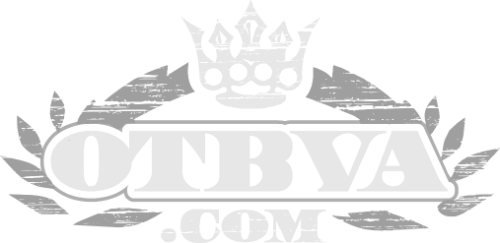“Time is money.”
This wise, old adage is never more accurate than when you own a small business. And just like money is best spent on certain things, so is time.
Taking the time to understand your business financials is a savvy business investment. It ensures that you’ll know more about your financial position in the future. And gives you the foundation to make better financial choices.
Check out this small business owner’s guide to managing business financials.
Get Organized
As the leader of your business, it’s time to get organized. The right business tools make a huge difference between financial success and failure.
If you plan to keep your financials in-house, you’ll need good accounting software. Choose a software program that’s customizable to your business needs. And something that can grow as your business grows.
Create an organized filing system to keep track of receipts, payables, and receivables. Business expenses add up fast. So it’s important to keep track of them in your software and back them up with receipts for tax purposes.
Consider a paperless filing system. This allows you to scan important invoices and receipts and file them within the same program where you do your accounting. It makes bookkeeping faster and much easier.
Don’t Get Lazy About Invoicing
Stay on top of receivables and payables. Invoice your customers no more than a few days after the work is completed. The ideal days’ receivable varies from business to business.
Banks and investors like to see a short days’ receivable ratio. It means your company is efficient at collecting on what it’s owed. And this is a sign of good cash flow management.
But it’s also important to take care of your payables in a timely manner too. Paying your bills on time improves your business credit. Which is another important financial marker if you ever need funding.
An inventory management software like Intacct accounts payable makes keeping track of your invoices painless and easy.
“The Big 4”
When keeping financial records, it’s important to organize them into what we like to call “The Big 4.” This is your income statement, balance sheet, cash flow statement, and financial projections. Let’s take a closer look at each.
Income Statement
You want the income statement to be an accurate reflection of income and expenses. The accounting software you choose will keep track of these items. Then you can print them out into an organized statement that shows your bottom line profit.
Balance Sheet
The balance sheet keeps track of business assets, liabilities, and equity. The equation that makes the balance sheet work is this:
Assets = Liabilities + Equity
As your business grows, you want to see the equity portion of your balance sheet grow. And the only way to track this properly is to keep your balance sheet updated and monitor changes.
Cash Flow Statement
The cash flow statement shows how cash moves in and out of your business. Again, your accounting software can help you develop a reliable cash flow statement. This statement is important to show when your business needs outside funding because of cash shortages.
Financial Projections
Always keep the future of your business in mind. Use historical financial statements to create projections of the future.
Making financial projections helps you see where you can improve to create more profit. It also gives you a goal to strive for as your business grows.
Know Your Business Financials to Make Money
Business financials are the key to business success. They keep you organized and show you where you can improve.
Invest in good accounting software. Use it to create “The Big 4” financial statements so you can track historical financial performance and plan for the future. And remember to stay on top of invoices, both payables, and receivables.
Looking for better ways to manage payroll? Check out these 3 payroll management tools for your small business.

